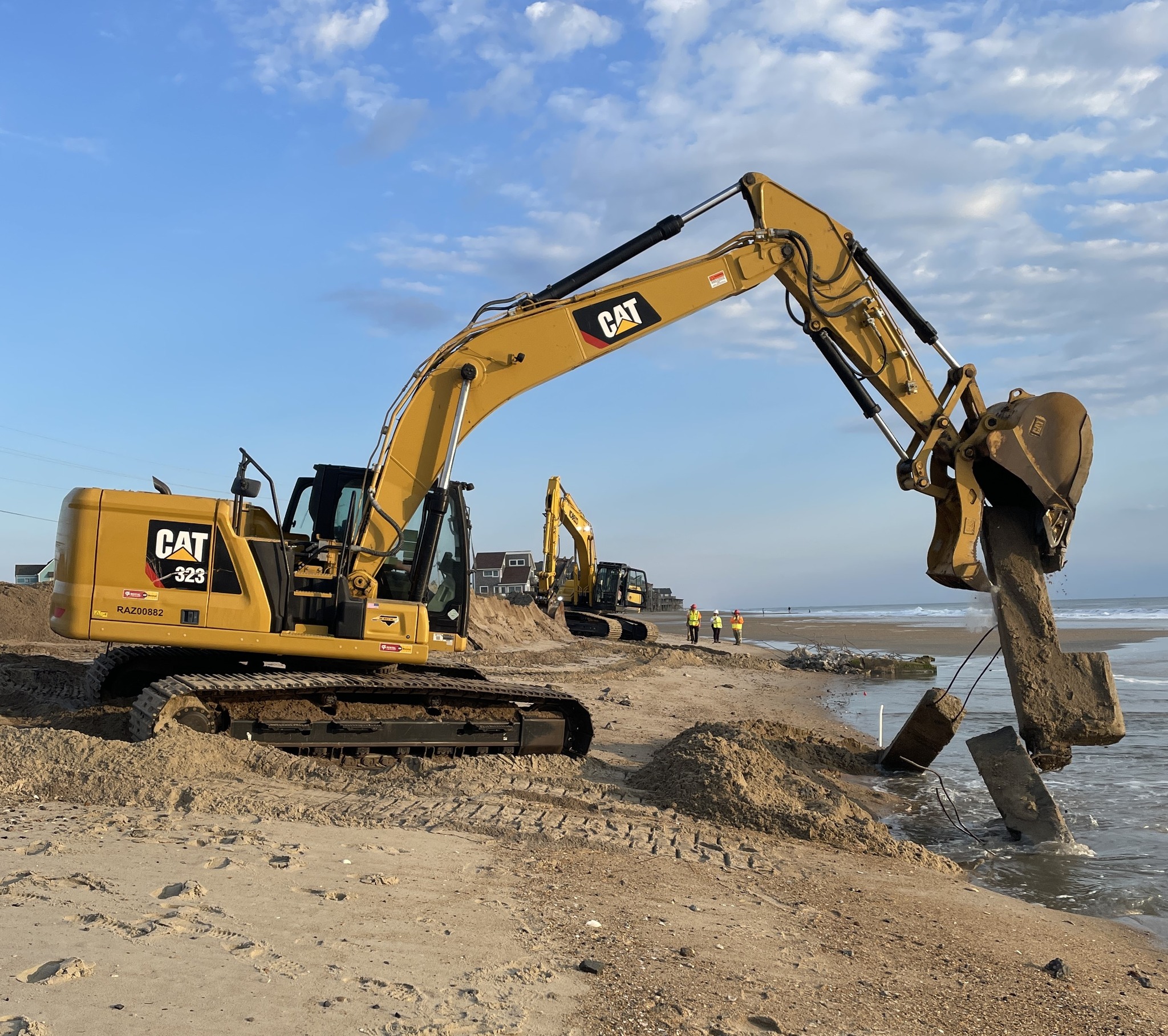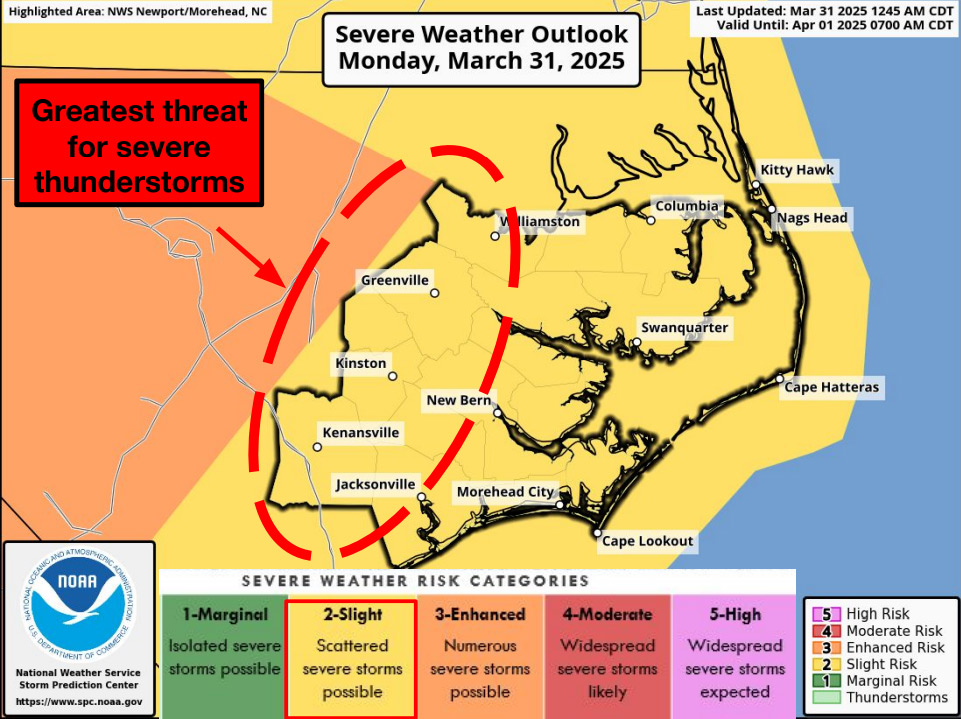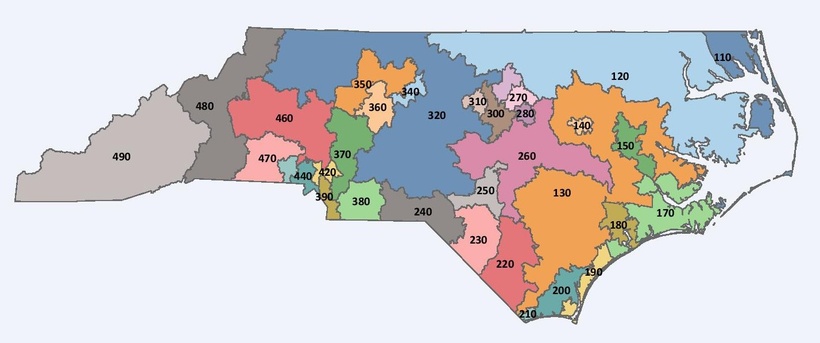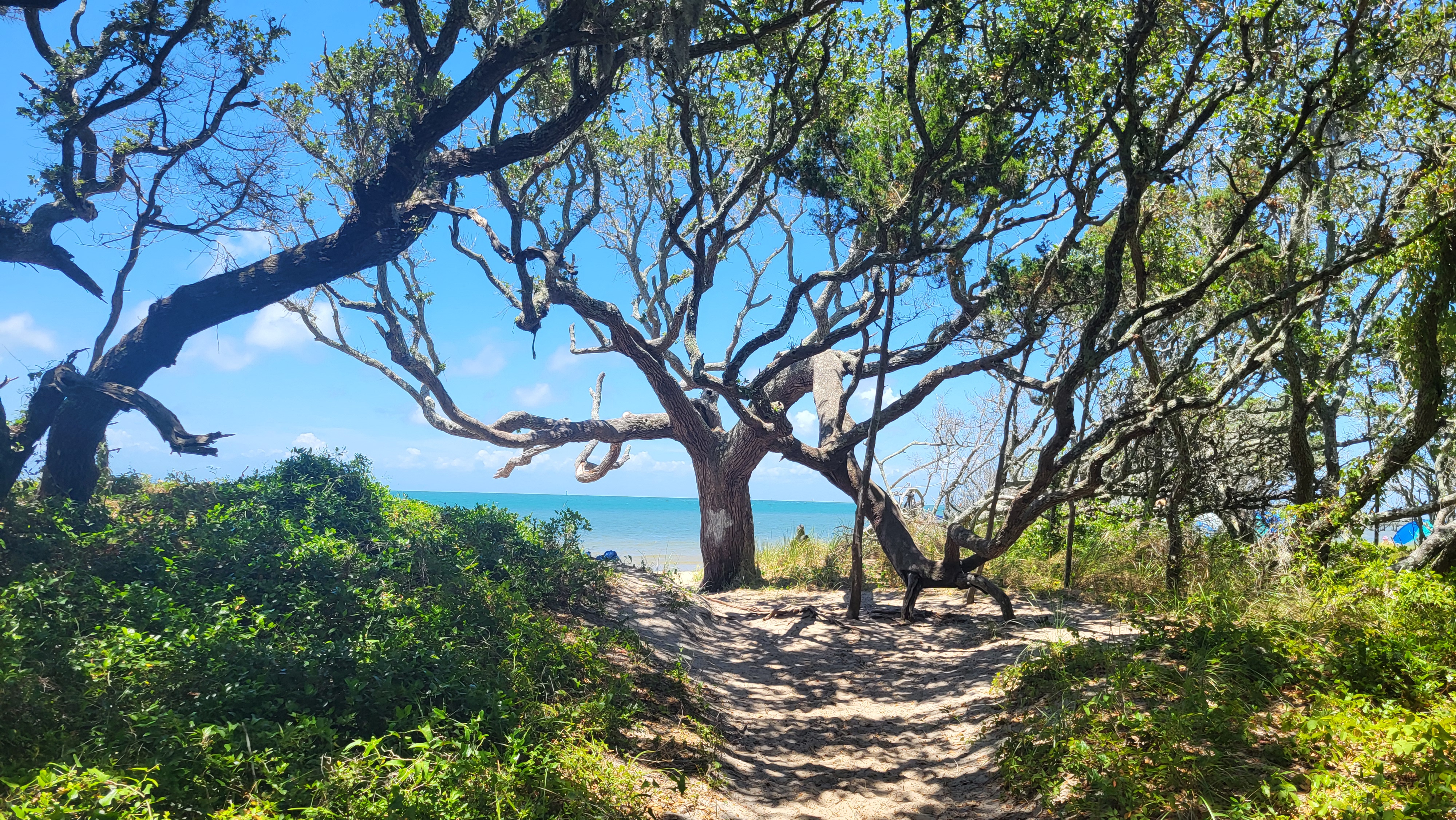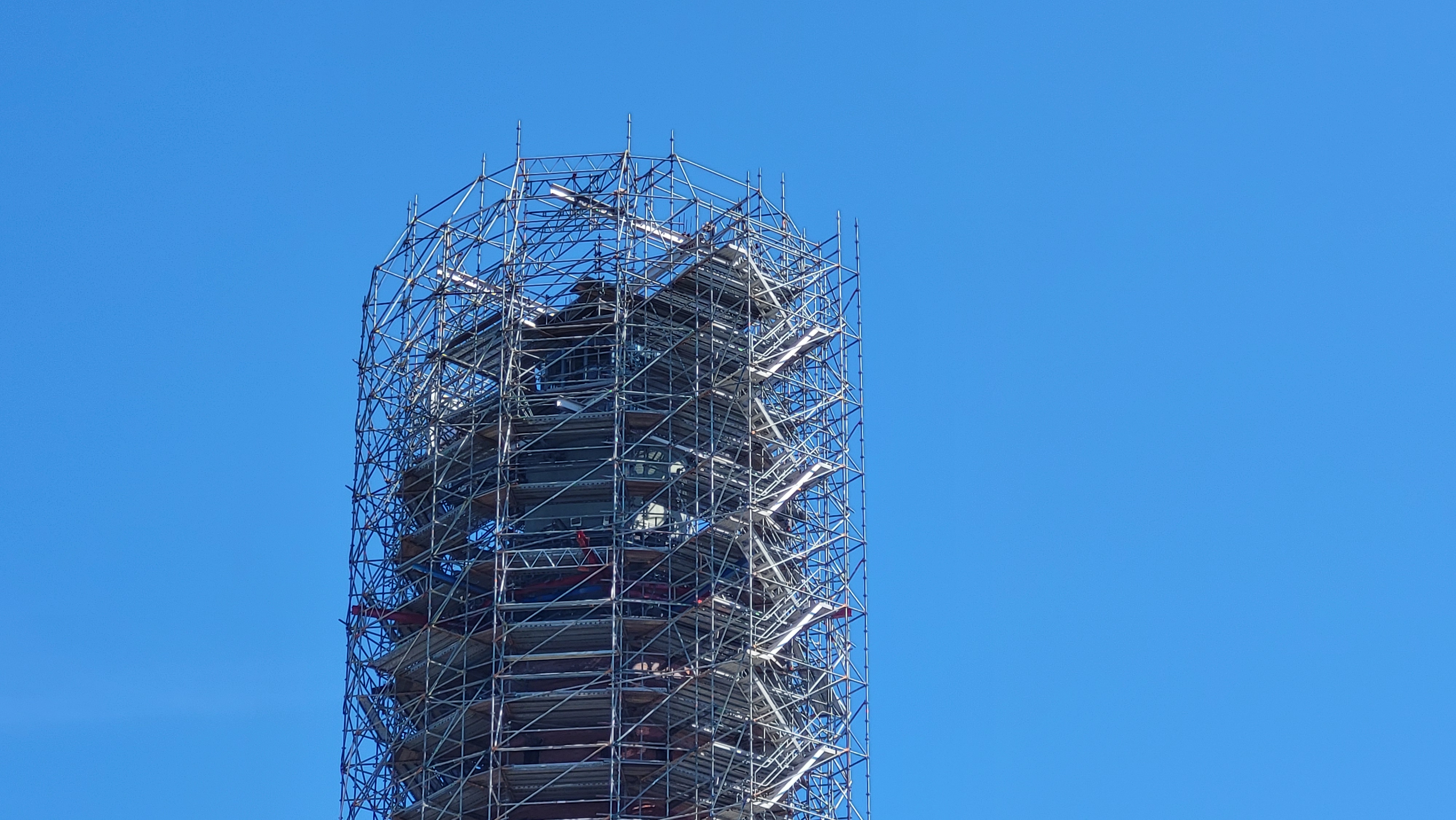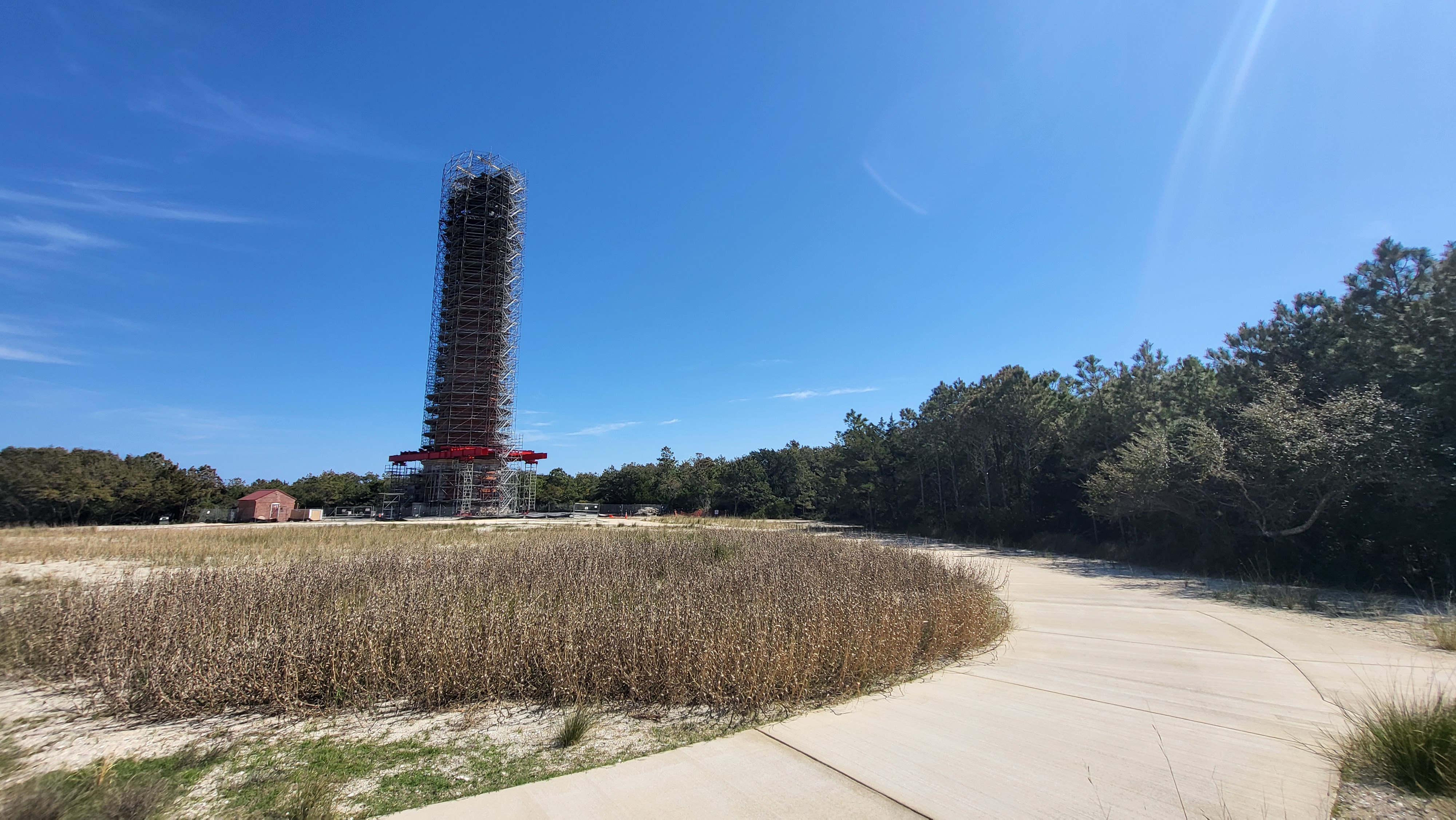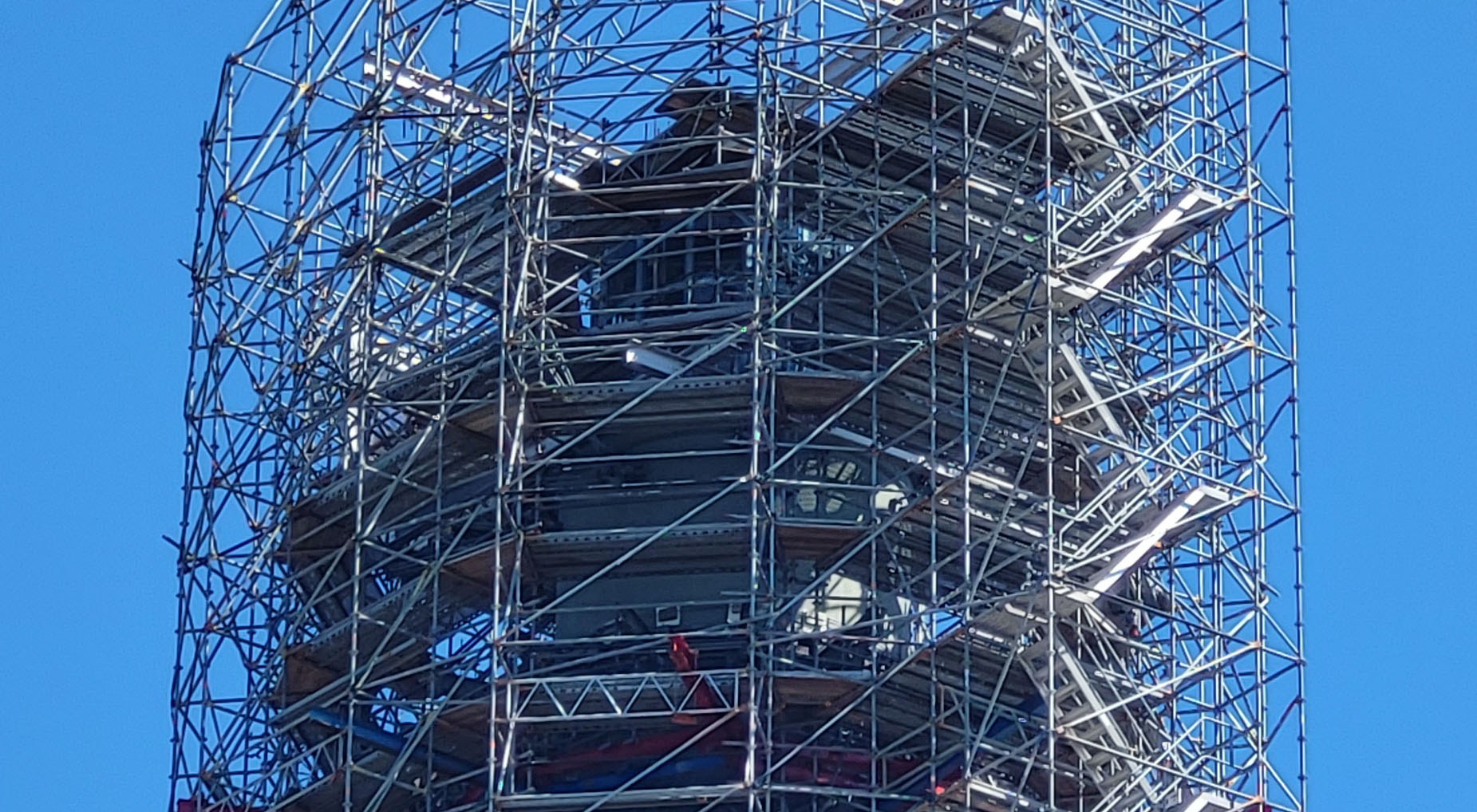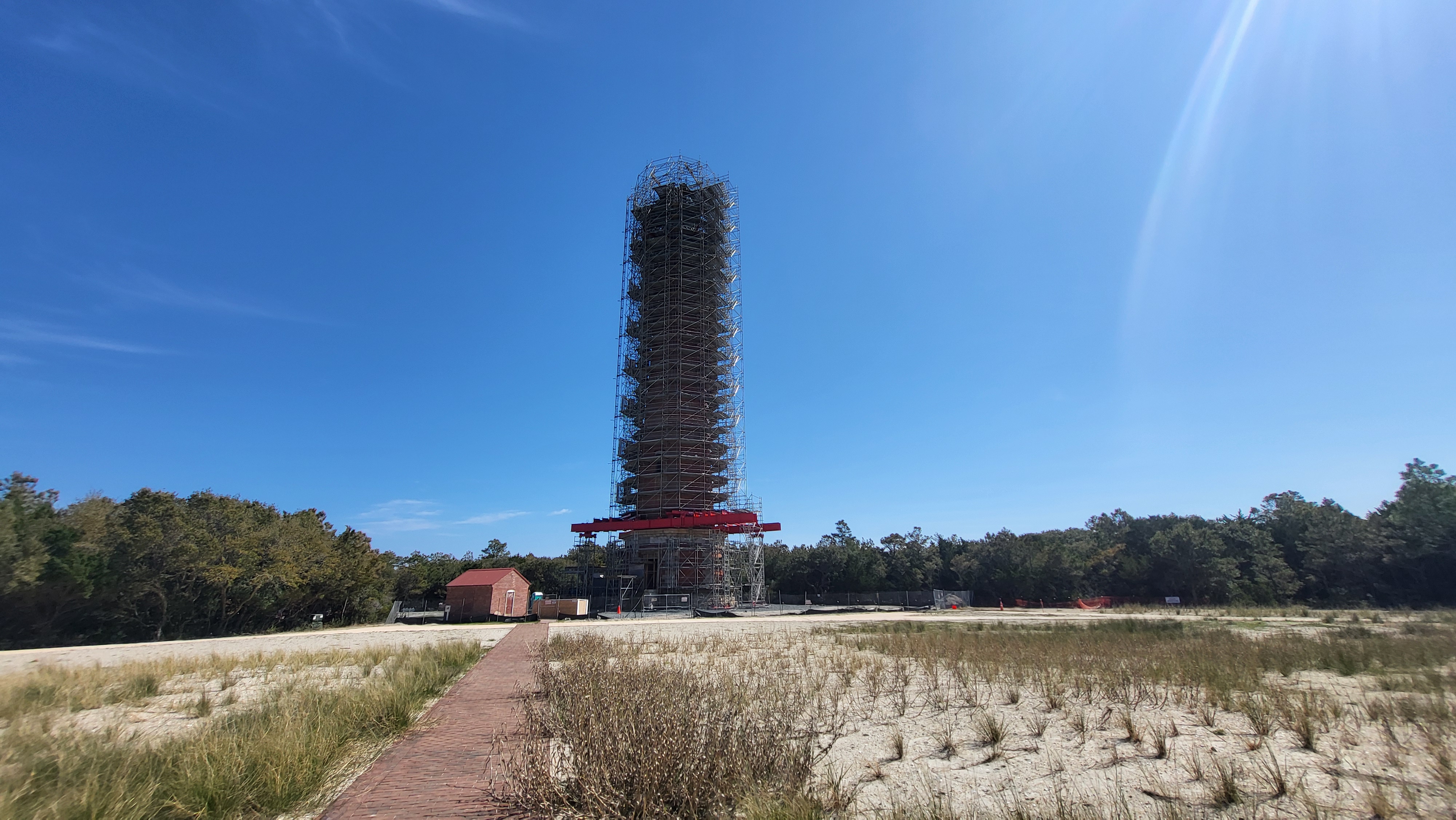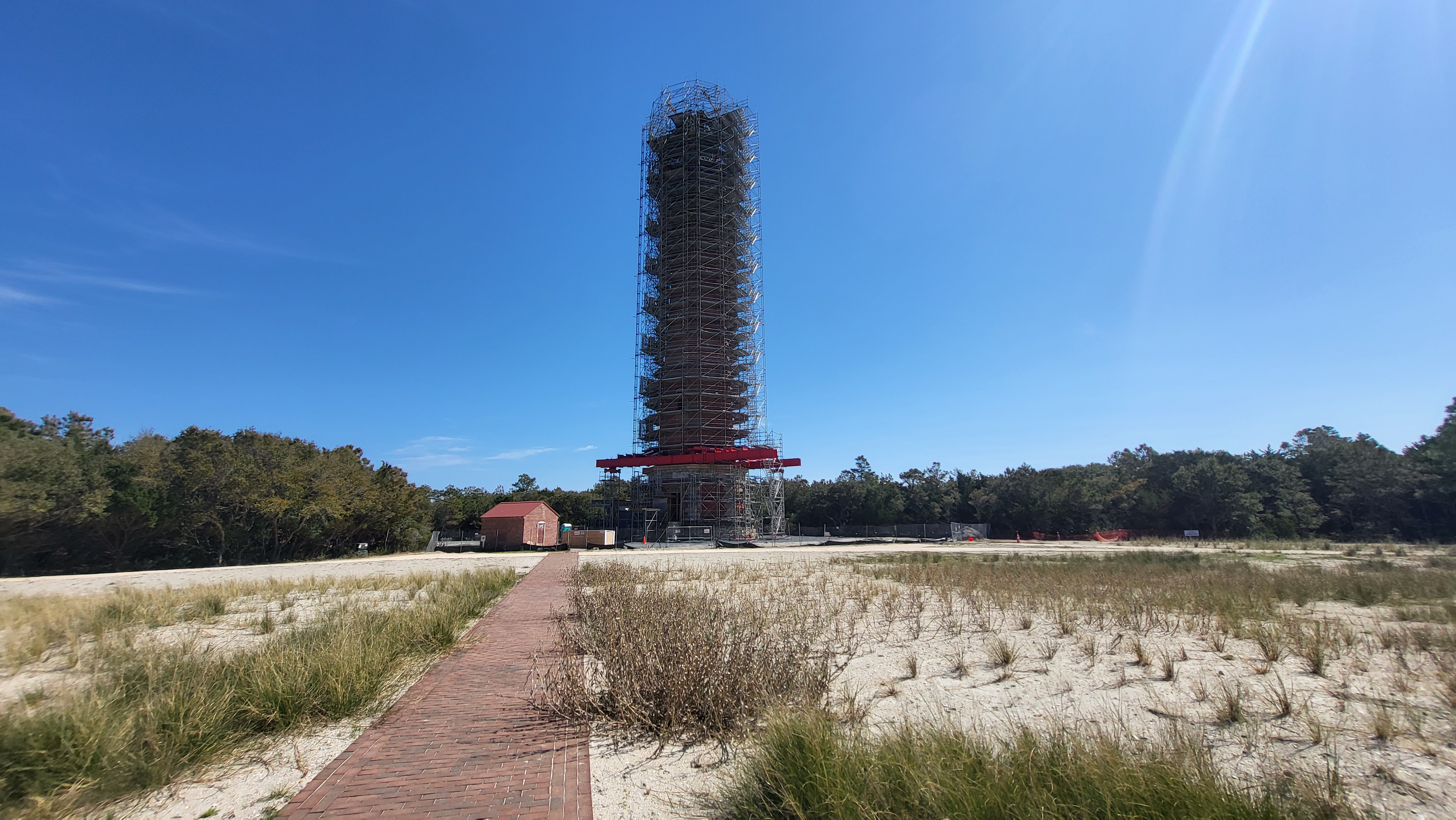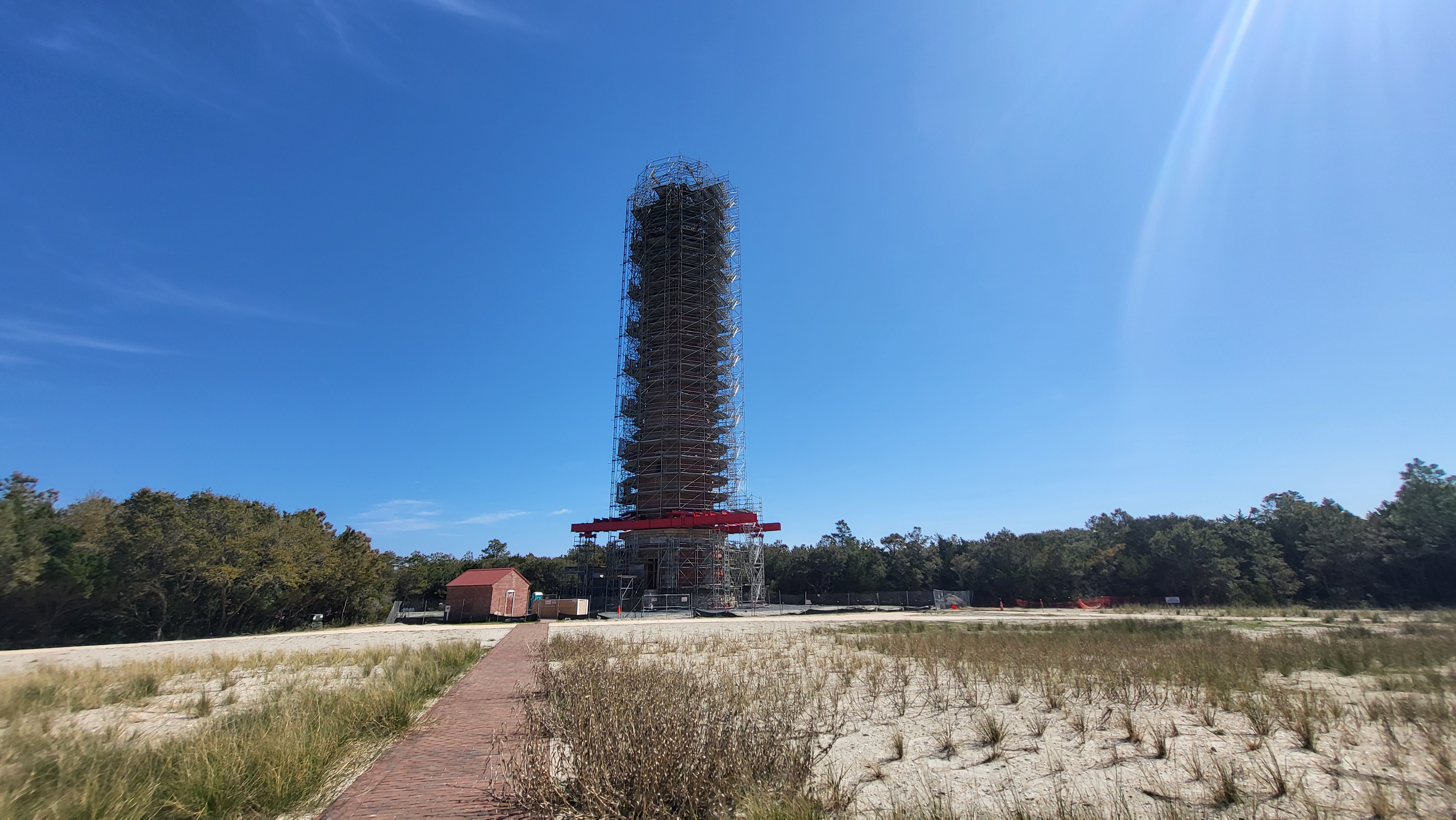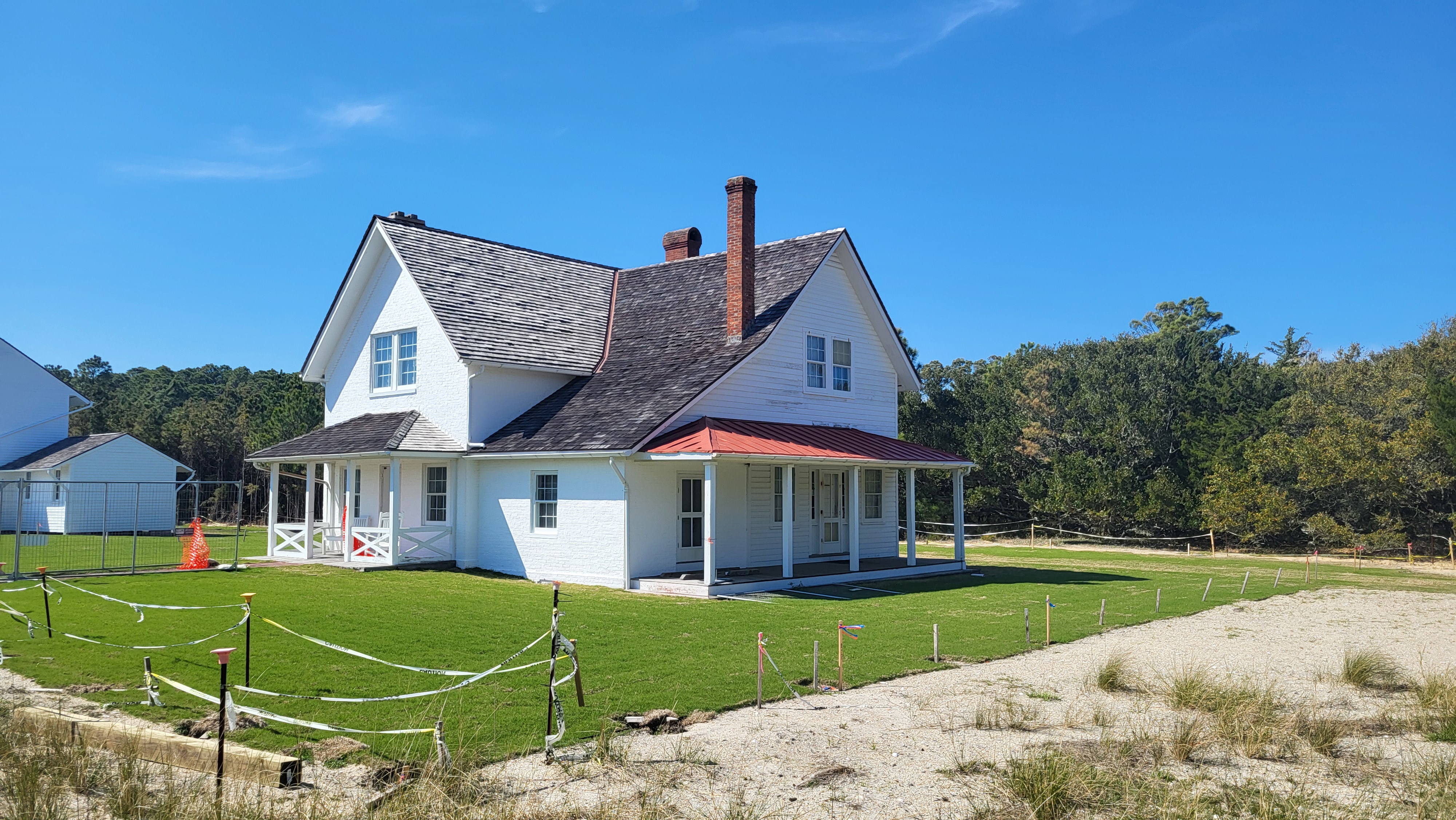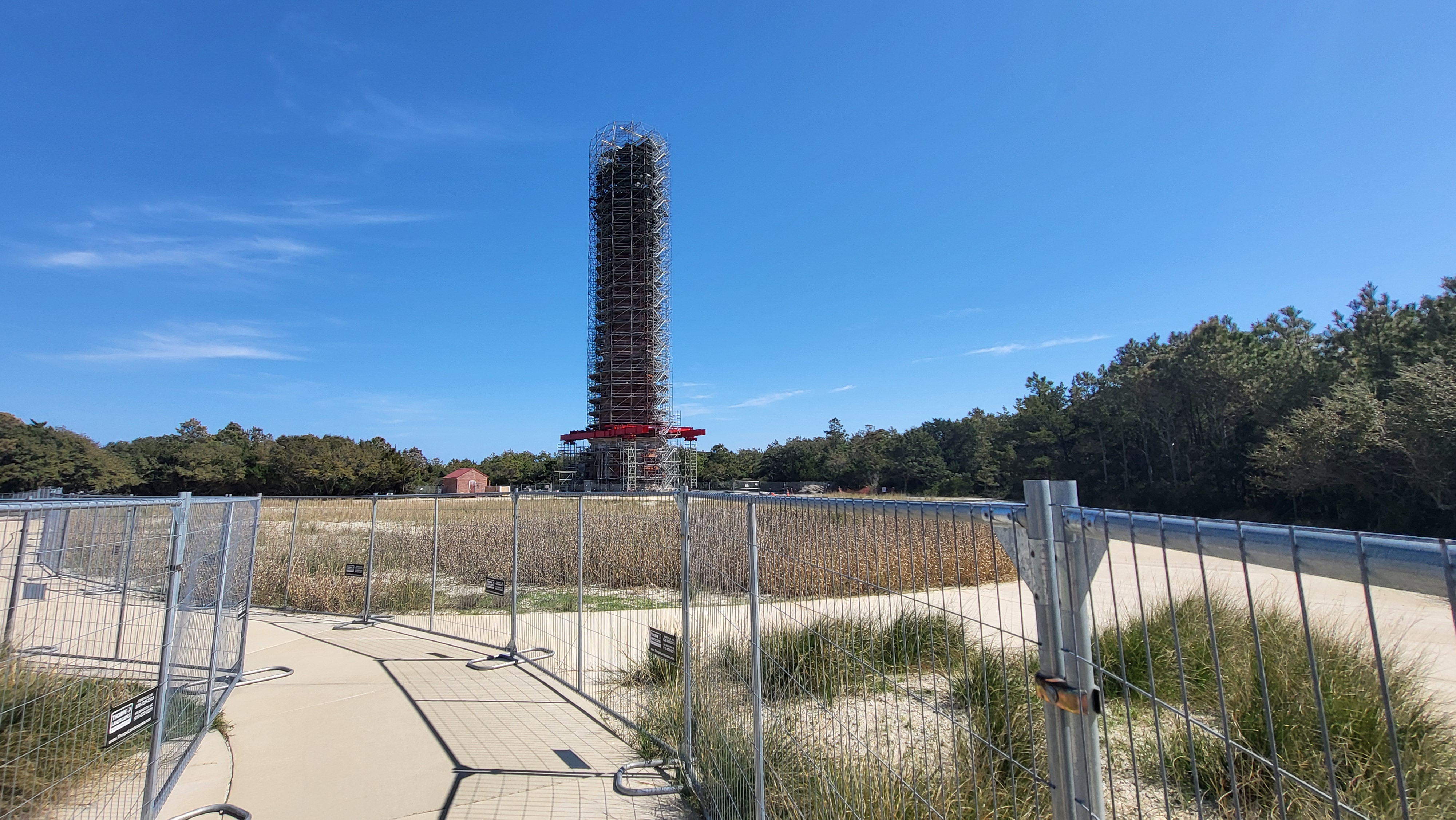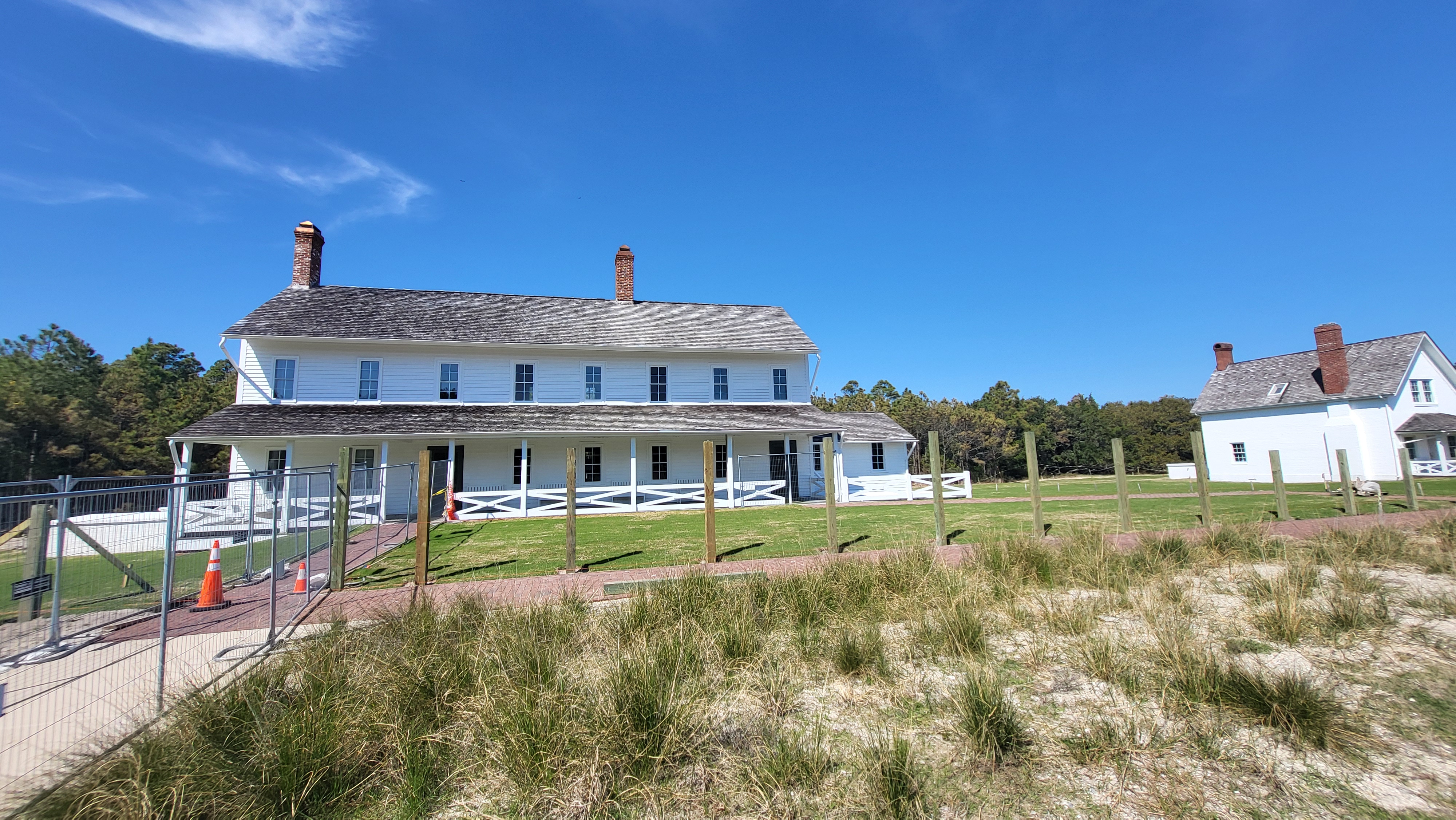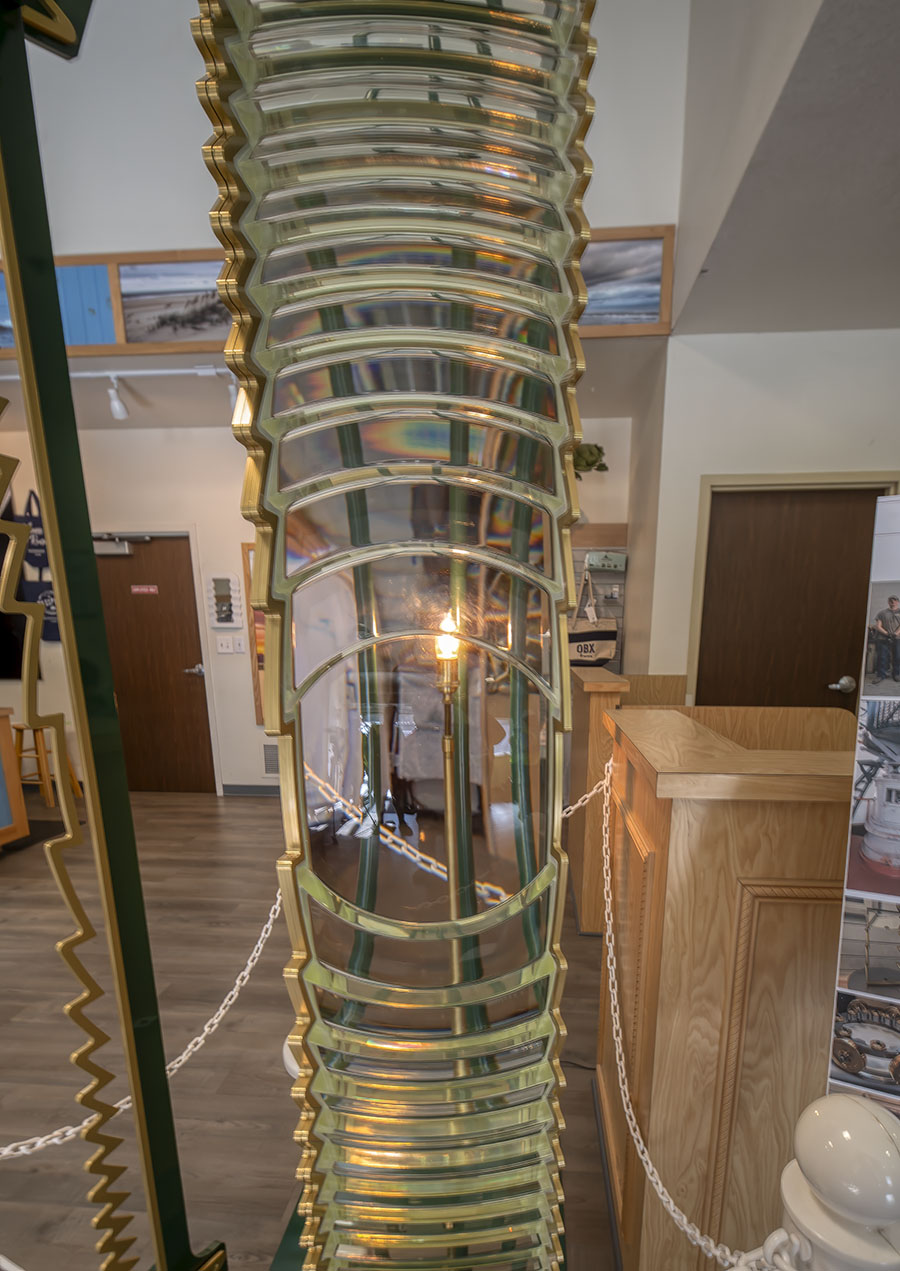Night Sky: The Hercules Cluster, and more highlights for June
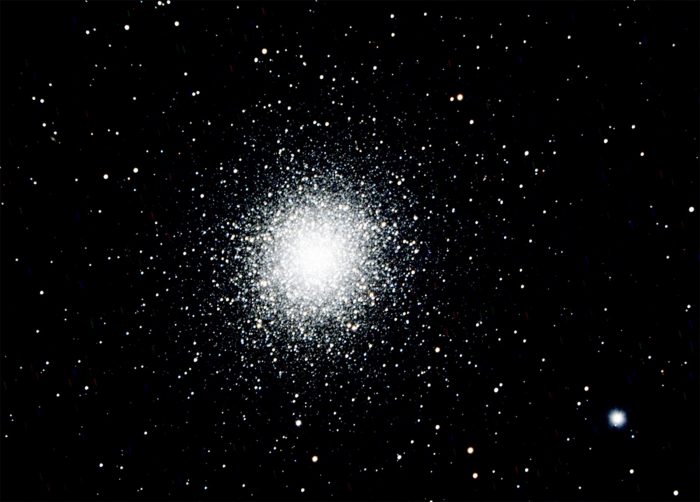
This is the Hercules Cluster, M13. Many star watchers consider it to be the most interesting globular cluster in our skies. It was discovered by Edmond Halley in 1714 and cataloged by Charles Messier in 1764 – (remember Messier’s catalog was a list of deep space objects you shouldn’t mistake for comets!) It contains several hundred thousand stars and is about 25 thousand light years away from us. Its visual magnitude is +5.8, meaning you can see it with the naked eye on a very dark, calm night.
As the name implies, the Hercules Cluster is found in the constellation, Hercules. During early June, M13 will start the night about 40° above the Eastern horizon and 20° north of due East (at 9:00 p.m.) If you’re familiar with the Hercules Constellation, you can find M13 between the shoulder stars. If you start at the northern shoulder star, the cluster is about a third of the way to the southern shoulder star.
M13 is believed to be about 12 billion years old – (and the Universe is thought to be 13.7 billion years old!)
What you can look for in June’s Night Skies
June begins with Jupiter, Neptune, and Saturn visible in the early morning skies. Saturn rises at 1:28 a.m., Neptune at 2:20, followed by Jupiter at 3:53.
Look for Venus and Mars in the evening skies. Venus will be about 30° above the western horizon and Mars will be about 10° higher.
Look for the Summer Triangle formed by Vega, Altair, and Deneb. Vega will be about 20° above the NE horizon at 9:00 p.m. Deneb will be about a little north of Vega and barely above the horizon. The entire asterism will not be visible until after 10:00 p.m. when Altair rises to the south of Vega.
If you can identify the Summer Triangle, you should get out your binoculars or telescope and look for the Ring Nebula (M57) and Dumbbell Nebula (27). The Dumbbell is the brighter Nebula and that makes it easier to find. It lies slightly above the line defined by Altair and Deneb. Try to envision a point about a third of the way between the two stars, starting at Altair. Look for the Dumbbell in the area above that point. You are going to need a dark, clear night to find it.
If you succeed in find M27, you might want to try locating M57. The Ring Nebula is dimmer and smaller than the Dumbbell. Staring at Vega, the Ring Nebula is about 1/6 of the way to Altair. If you start by finding Vega with your naked eye, slowly start scanning the line to Deneb, and you should be able to see a star pretty close to Vega. The star is called Sheliak A. Find Sheliak through you binoculars and then look for M57 just below it.
There are no comets or major meteor showers visible in June
Moon Phases:
Full Moon is June 3
Last Quarter is June 10
New Moon is June 18
1st Quarter is June 26



